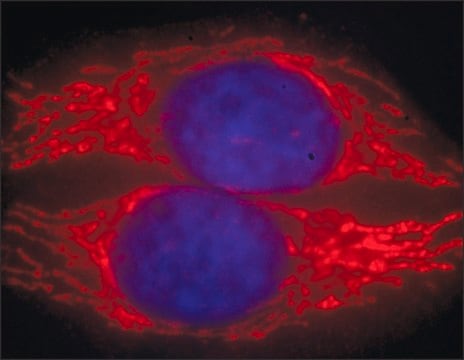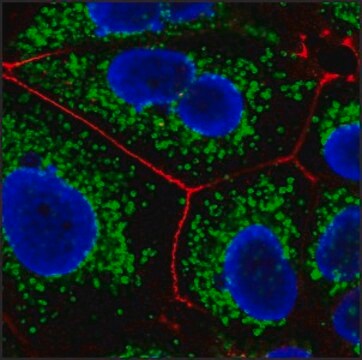ABT288
Anti-PICALM
from rabbit, purified by affinity chromatography
Synonym(s):
Phosphatidylinositol-binding clathrin assembly protein, Clathrin assembly lymphoid myeloid leukemia protein
About This Item
WB
western blot: suitable
Recommended Products
biological source
rabbit
Quality Level
antibody form
affinity isolated antibody
antibody product type
primary antibodies
clone
polyclonal
purified by
affinity chromatography
species reactivity
human
packaging
antibody small pack of 25 μL
technique(s)
immunohistochemistry: suitable (paraffin)
western blot: suitable
NCBI accession no.
UniProt accession no.
shipped in
ambient
target post-translational modification
unmodified
Gene Information
human ... PICALM(8301)
General description
Specificity
Immunogen
Application
Cell Structure
Western Blotting Analysis: A 1:1,000 dilution from a representative lot detected PICALM in MOG-G-UVW human astrocytoma cell line (Courtesy of Dr Rhian Thomas from Cardiff University).
Western Blotting Analysis: A 1:1,000 dilution from a representative lot PICALM in Mog-G-UVW human astrocytoma cell lysate and HeLa cell lysate (Courtesy of Dr Rhian Thomas from Cardiff University).
Western Blotting Analysis: A 1:1,000 dilution from a representative lot detected PICALM in Human H4 neuroglioma cell lysate and SH-SY5Y neuroblastoma cell lysate (Courtesy of Dr Rhian Thomas from Cardiff University).
Immunohistochemistry Analysis: A 1:50-250 dilution from a representative lot detected PICALM in human colon and human kidney tissue sections.
Quality
Western Blotting Analysis: A 1:500 dilution of this antibody detected PICALM in HeLa cell lysate.
Target description
Physical form
Storage and Stability
Other Notes
Disclaimer
Not finding the right product?
Try our Product Selector Tool.
Storage Class Code
12 - Non Combustible Liquids
WGK
WGK 1
Flash Point(F)
Not applicable
Flash Point(C)
Not applicable
Certificates of Analysis (COA)
Search for Certificates of Analysis (COA) by entering the products Lot/Batch Number. Lot and Batch Numbers can be found on a product’s label following the words ‘Lot’ or ‘Batch’.
Already Own This Product?
Find documentation for the products that you have recently purchased in the Document Library.
Our team of scientists has experience in all areas of research including Life Science, Material Science, Chemical Synthesis, Chromatography, Analytical and many others.
Contact Technical Service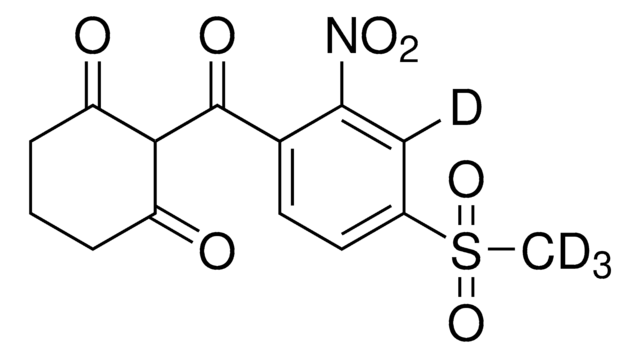
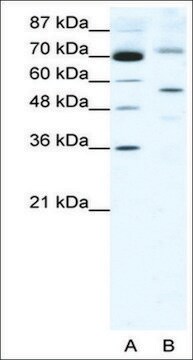

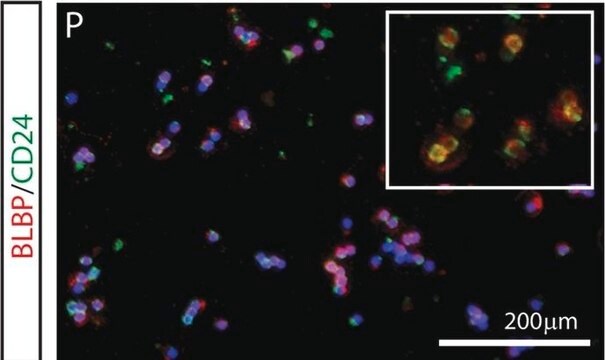
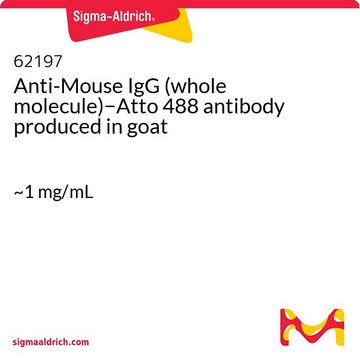


![Poly[5-methoxy-2-(3-sulfopropoxy)-1,4-phenylenevinylene] potassium salt solution 0.25 wt. % in H2O](/deepweb/assets/sigmaaldrich/product/structures/111/584/9e24dfe5-3cb6-4bd8-8bc6-cbe82c1b88cd/640/9e24dfe5-3cb6-4bd8-8bc6-cbe82c1b88cd.png)
